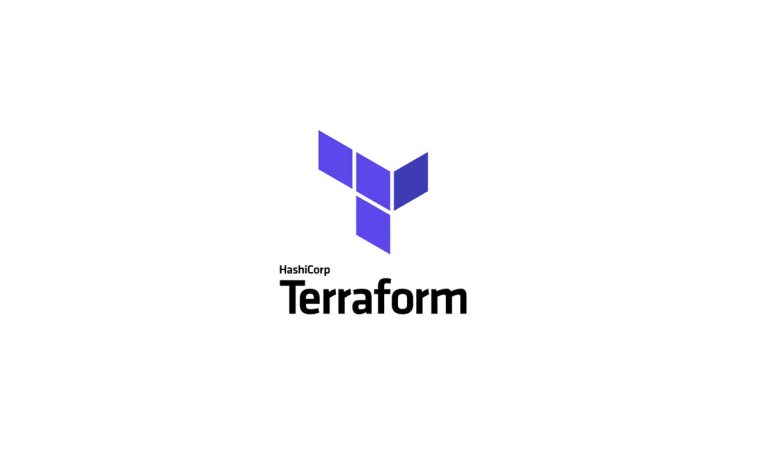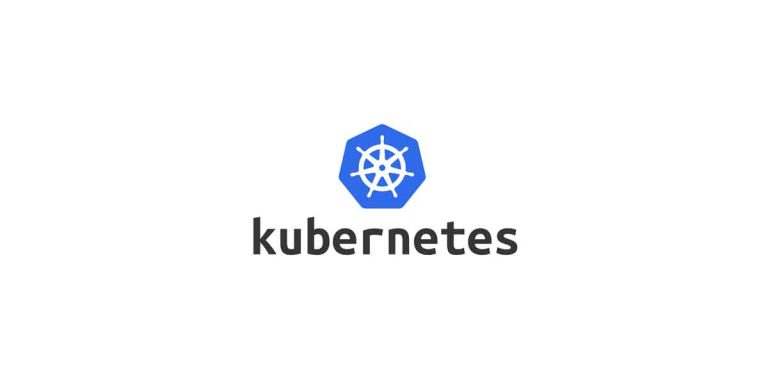Ansible Deployment Automation
Ansible, an open-source tool developed by Michael DeHaan and introduced in 2012, was designed to simplify the complexities of software provisioning, configuration management, and application deployment. The project quickly gained traction and, in 2015, was acquired by Red Hat, which continues to maintain and support it today.
Introducing Ansible
At its core, Ansible operates by connecting to your nodes and pushing out small programs called “Ansible Modules”. These programs are executed, and they report back to Ansible, which removes them when finished. Ansible operates on a simple and agentless architecture, relying on Secure Shell (SSH) for Unix-based systems or Windows Remote Management for Windows-based systems.
As we dive deeper into Ansible in the following sections, we will explore key technologies and concepts used in Ansible, why it’s an ideal choice for DevOps, how to get started, and real-world use cases.
Ansible Quick Facts
- Agentless: Unlike many other configuration management tools, Ansible doesn’t require any agents to be installed on the client systems, reducing overhead and complexity.
- YAML Based: Ansible playbooks are written in YAML, making them easy to read and write, even for those not well-versed in programming.
- Wide Industry Acceptance: Ansible is used by companies of all sizes, from startups to Fortune 500 companies, across a wide range of industries.
- Extensive Module Library: Ansible comes with a library of over 4500 modules, allowing users to automate virtually any task.
- Idempotency: Ansible ensures idempotency – running the same playbook multiple times will not affect the final state of the machine, a key feature for configuration management.
Ansible Technologies and Concepts
Ansible simplifies complex IT tasks, making them more manageable. It achieves this with a few key concepts and technologies that are essential to understand for effective use of the tool.
YAML Syntax
YAML, which stands for “YAML Ain’t Markup Language,” is a human-friendly data serialization standard. Ansible utilizes YAML because of its easy-to-read syntax. This readability ensures that even those not familiar with programming can understand an Ansible playbook.
Ansible Playbooks
Playbooks are the heart of Ansible’s functionality. They are simple, YAML-structured files that express configurations, deployment, and orchestration in Ansible. Playbooks contain one or more plays, which map groups of hosts to well-defined tasks. Playbooks can call modules, use variables, implement loops, conditionals, and more to construct complex deployment and configuration procedures.
Ansible Roles
Roles provide a framework for fully independent or interdependent collections of variables, tasks, templates, and modules. In essence, roles are ways to group related tasks together and make them reusable, making the playbooks simpler and more manageable.
Ansible Tasks
Tasks are the unit of action in Ansible. They leverage Ansible modules to perform actions such as installing packages, stopping services, or pushing out template files.
Ansible Modules
Modules are standalone scripts that are used by the Ansible API. They perform the actual work in a task, like managing services, files, or packages. Ansible comes with hundreds of built-in modules that cover a wide variety of tasks.
Ansible Tower (AWX)
Ansible Tower, also known as AWX, is the enterprise version of Ansible. It provides a web-based user interface and REST API to Ansible. It also adds features that are useful in enterprise environments, like role-based access control, scheduling, and graphical inventory management.
Ansible Galaxy
Ansible Galaxy is a repository for Ansible Roles that are available to drop directly into your playbooks. This can save users a significant amount of time by using pre-written roles rather than writing them from scratch.
Understanding these concepts and technologies will provide a solid foundation for using Ansible. In the next section, we’ll explore why Ansible is an ideal choice for DevOps.
Ansible for DevOps
Ansible’s simplicity, efficiency, and power make it an ideal choice for DevOps teams. It addresses several of the most pressing needs in today’s IT environments, including automation, Infrastructure as Code (IaC), configuration management, compatibility, and enhancing CI/CD pipelines.
Automation
Automation is at the heart of Ansible. With its extensive library of modules, Ansible can automate virtually every aspect of your IT environment, from setting up servers and deploying applications, to orchestrating complex workflows and ensuring security compliance.
Infrastructure as Code (IaC)
Ansible implements the principles of Infrastructure as Code, meaning infrastructure is defined and managed using code and software development techniques. This approach brings consistency and repeatability to the environment, eliminates manual errors, and accelerates the deployment of infrastructure changes.
Configuration Management
With Ansible, you can manage configurations across your entire infrastructure in a consistent and reliable manner. Its agentless nature and idempotency ensure configurations are always in the desired state, while minimizing the impact on system resources.
Compatibility
Ansible is compatible with a wide range of systems, including all major Linux distributions, BSD variants, and Windows systems. It also works seamlessly with cloud providers like AWS, Google Cloud, and Azure, making it a versatile tool regardless of where your infrastructure is hosted.
Enhancing CI/CD Pipelines
Continuous integration and continuous deployment (CI/CD) are integral to modern DevOps practices. Ansible can automate the testing and deployment processes, making it easier to maintain a robust, reliable CI/CD pipeline. Ansible playbooks can be used to define and execute pre-defined deployment procedures, ensuring every deployment is performed the same way, every time.
As you begin to incorporate Ansible into your DevOps toolchain, remember that, like any tool, it is not a silver bullet. It must be used in conjunction with good practices, clear communication, and thorough planning to achieve the best results. In the next section, we’ll go over how to get started with Ansible.
Getting Started With Ansible
Getting started with Ansible involves understanding its core concepts, identifying suitable learning resources, and gaining hands-on experience. Let’s look at how to approach each of these steps.
Understanding Core Concepts
Before you start using Ansible, it’s essential to understand its core concepts, such as playbooks, tasks, roles, modules, and inventories. These concepts form the foundation of Ansible’s operation and are fundamental to using it effectively.
Learning Resources
There are numerous resources available to learn Ansible. The official Ansible documentation is a comprehensive and reliable place to start. It covers all aspects of Ansible from basics to advanced features. Online courses from platforms like Udemy, Coursera, and LinkedIn Learning can also be very helpful. Additionally, books like “Ansible: Up and Running” and “Mastering Ansible” offer in-depth knowledge about the tool.
Hands-On Experience
The best way to learn Ansible is by using it. Install Ansible on your local system and start writing simple playbooks. Begin with simple tasks such as creating files, installing software, or managing services, then gradually work your way up to more complex deployments. Ansible’s agentless nature means you can start experimenting with it using just a couple of virtual machines or Docker containers.
Community Engagement
The Ansible community is one of the most active in the open-source world. Participating in Ansible-related forums, mailing lists, and Special Interest Groups (SIGs) can provide additional learning opportunities and support. AnsibleFest, the official Ansible conference, is also a great place to learn about the latest developments and network with other Ansible users.
Applying DevOps Principles
Remember, Ansible is a tool, and it should be used in the context of larger DevOps practices. This includes principles such as Infrastructure as Code, CI/CD, and comprehensive monitoring. Tools like Jenkins for CI/CD, Terraform for IaC, and Zabbix for monitoring can be integrated with Ansible to create a comprehensive DevOps environment.
In the final section, we’ll look at some real-world use cases of Ansible, showcasing how companies use it to enhance their DevOps practices.
Ansible Real-World Use Cases
To understand Ansible and how it works, it’s useful to see examples of it in action.
Organizations across numerous industries have adopted Ansible to automate their operations and optimize their workflow. Here are a few examples of how Ansible is used in practice to address real-world challenges.
How NASA Uses Ansible
NASA’s Jet Propulsion Laboratory (JPL) uses Ansible for deploying services and applications to the cloud. Dealing with large data sets, JPL leverages Ansible to automate and streamline their operations. The simplicity and ease of use of Ansible have made it a go-to tool for their DevOps team.
How Twitter Uses Ansible
Twitter uses Ansible to manage configuration changes and automate repetitive tasks across their infrastructure. With the vast scale at which Twitter operates, Ansible has helped them ensure consistency and reliability, reducing the potential errors that could arise from manual processes.
How Barclay’s Bank Uses Ansible
Barclay’s, one of the largest banks in the UK, employed Ansible as part of their DevOps transformation. Ansible has allowed them to automate their operations and expedite their delivery pipelines, enabling faster response to market changes and superior customer service.
How Hootsuite Uses Ansible
Hootsuite, a widely-used social media management platform, uses Ansible to automate their cloud infrastructure. With over 15 million global users, Ansible helps Hootsuite handle mass server configurations, application deployments, and database updates, thereby ensuring their services remain reliable and efficient.
How General Electric Appliances (GEA) Uses Ansible
GEA employs Ansible to maintain consistency across their environments. They utilize Ansible playbooks to define their infrastructure as code, thus enhancing transparency and repeatability in their operations. This approach has helped them mitigate errors and expedite deployments.
These real-world examples underline the versatility and efficacy of Ansible as a powerful automation tool. By defining complex operational procedures in simple, human-readable playbooks and leveraging an extensive module library and an active community, Ansible becomes an invaluable resource for organizations striving to enhance their DevOps practices. With the ever-growing emphasis on automation and Infrastructure as Code, the relevance of tools like Ansible will continue to rise.







